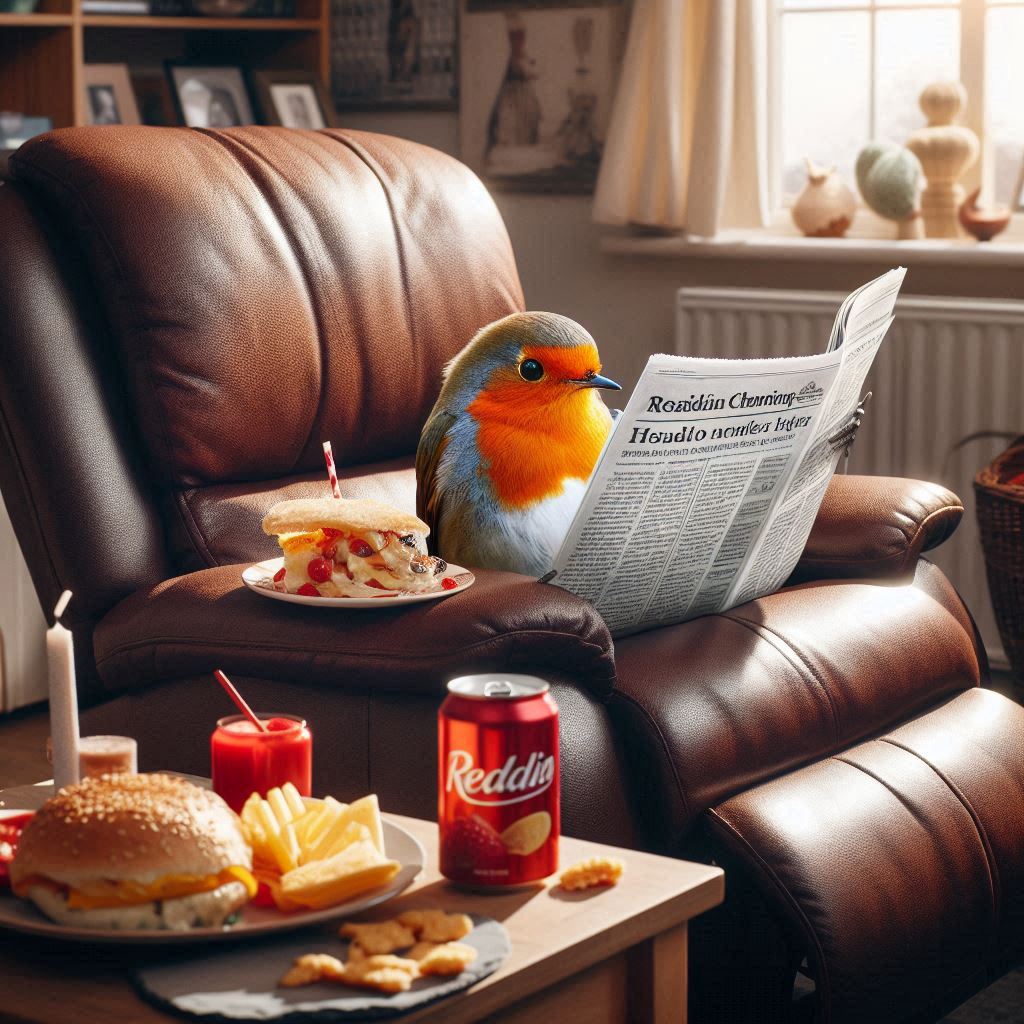Being in close proximity to a pet, and sharing a living space, can affect how you and your pet respond to antibiotics
-
Pet owners can share bacteria with their pets and vice versa, which can increase the risk of antimicrobial resistance on each side.
-
Antimicrobial resistance happens when bacteria and other germs stop responding to the medications meant to kill them, making infections harder to treat.
-
Pet owners are always encouraged to consult their vets with any questions about antibiotics, medication, or signs of infection in their pets.
If youre cuddling with your cat or dog right now, you might be surprised to learn youre also sharing something invisible: bacteria.
Researchers from the Cummings School of Veterinary Medicine at Tufts University have explained that people and their pets often swap tiny microorganisms called flora through everyday contact.
These microbes live on the skin, in the gut, and around the home. When either you or your pet takes antibiotics or other antimicrobial medications, it can change the balance of those microorganisms.
This means that if your pet carries drug-resistant bacteria, there's a chance you might end up carrying them too. This also means that when an infection develops for either you or your pet antimicrobial resistance may be more likely for one or both of you.
Why it matters
Antimicrobial resistance (AMR) is a growing public health concern. It happens when bacteria and other germs stop responding to the medications meant to kill them, making infections harder to treat.
While the problem has been closely tracked in hospitals for years where strict rules are in place to limit unnecessary antibiotic use pet care hasnt caught up.Thats beginning to change.
Experts at the Cummings School of Veterinary Medicine are leading efforts to improve how antibiotics are used in pets. Their goal? To stop the spread of resistance before it becomes an even bigger threat.
We know antibiotic use in animals can cause resistance to develop in them, which can be shared with their owners and the environment, and the same can happen if antibiotics are used in people with pets, Claire Fellman, D.V.M., Ph.D.,said in a news release.
We have to be mindful of antimicrobial use and resistance across species.
What can pet owners do?
No pet owner wants to willingly increase health risks or complications with their pets. To help lower the risk of AMR, Lindsey Veterinary Center shared some of the top ways pet owners can help prevent antibiotic resistance:
-
Follow directions with antibiotics. Pet owners should give their pets the entire course of antibiotics when theyre prescribed even if symptoms have gone away.
-
See your vet regularly. Preventative veterinary care can help lower the risk of serious infections or any other health concerns. Your vet can also catch any potential infections early when you bring your pet in for regular check-ups.
-
Hygiene is key. Keeping your home clean and sticking to regular grooming with your pets can help lower the risk of infection. Pet owners are also encouraged to wash their hands after handling their pets especially if theyre sick.
Bottom Line
The next time your vet prescribes antibiotics for your pet, ask questions. Just like in human medicine, its important to use these drugs only when truly necessary.
After all, when it comes to germs, your furry best friend is closer to you than you might think.
Posted: 2025-06-04 18:08:56




















